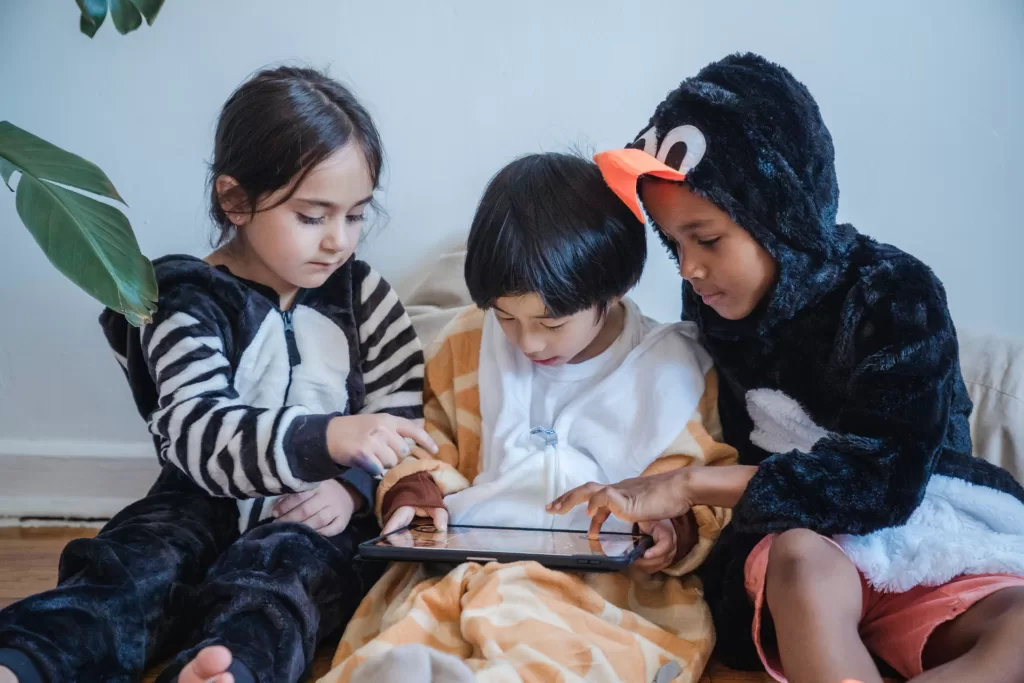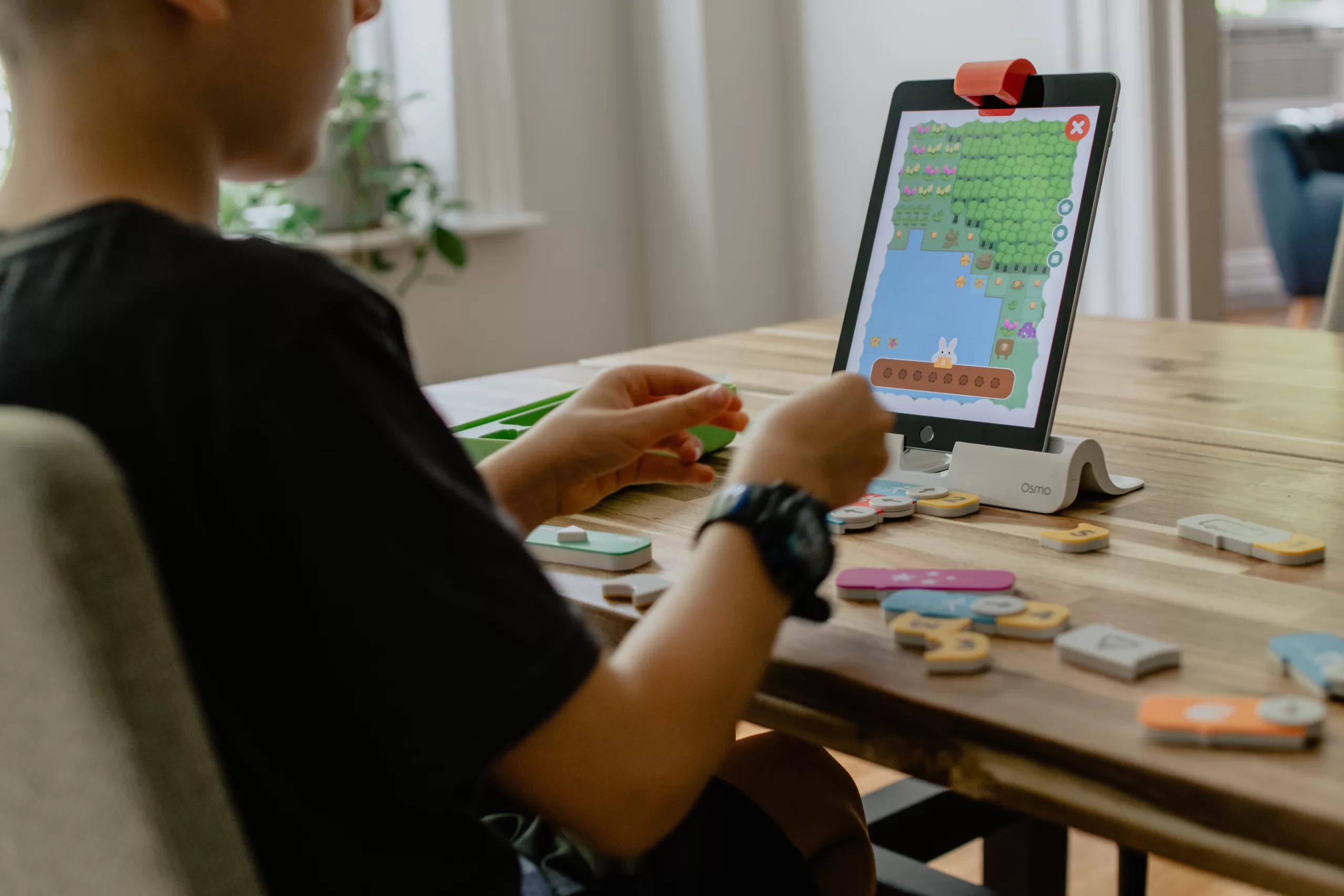The Genesis of Gamified Learning
Gamified learning is not just a trendy buzzword. It is a revolutionary educational approach that integrates exciting game elements with the process of learning. Instead of the rigid, boring nature of traditionally structured lessons and lectures, gamified learning introduces rewards, challenges, storytelling, levels, badges, and interactive modules into the learning environment. As a result, the traditional schooling transforms into an exciting, interactive learning experience.
The beauty and power of gamification is that it capitalizes on children’s inherent love for play. It morphs ‘lessons’ into ‘challenges’ to clear, ‘levels’ to climb, and ‘missions’ to complete. This seemingly small tweak in perspective makes a massive difference.
4 Reasons to Gamify Coding for Kids
1. Engagement and Motivation
Child psychologists have long preached about the importance of engagement in learning. Though it may seem simple enough, keeping students engaged is one of the greatest challenges educators face Games, by nature are engaging. They inherently pique curiosity, offer worthwhile challenges, and promise fantastic rewards. By gamifying coding lessons, we ensure that children are not just passive recipients of information, but active participants in their own educational journeys.
2. Instant Feedback
In traditional learning, feedback is often delayed as they are only available after the grading of homework, quizzes, and exams. However, students can receive immediate indication of whether they are making a mistake in a gamified learning environment. As such, they can instantly correct their errors and learn from their mistakes. Instant feedback is crucial, especially for young learners, at it fosters a proactive attitude and a resilient, growth mindset.
3. Problem Solving and Critical Thinking
At its core, coding is all about problem-solving. By introducing gamified learning to coding education, we encourage children to think critically. They learn to break down daunting challenges into comprehensible bits and deconstruct the problem using logic, critical thinking, and their problem-solving skills.
4. Creativity and Innovation
Gamified learning in coding offers a powerful set of tools that allow kids to design their own games and worlds. This cultivates their creativity, letting them not just consume gaming content, but also create it.
Gamified Learning Platforms Lighting the Way
With the rise in the popularity and importance of coding education, various platforms have successfully integrated gamified learning to cater specifically to young children.
Scratch
Scratch offers a visual coding language where children can intuitively drag and drop blocks to create games, animations, and interactive stories. They incorporate gamified learning to make not only the syntax, but the logic of coding more understandable and accessible.
CodeCombat
Imagine learning Python or JavaScript by being a hero in a highly interactive role-playing game. CodeCombat offers an incredible gamified learning experience that lets student level up in a captivating adventure game while leveling up their coding skills.
CampusTop
Catering to young kids, CampusTop takes the undeniable power of Scratch and elevates it with a one-of-a-kind gamified learning experience. The story-based games and challenges creates an ideal environment for children to learn coding. They use the block-based coding language to go on a spectacular space exploration, mastering coding concepts as they complete creative challenges.
Incorporating Gamified Learning into your Child's Life with Campus Top
Yes, we are biased but we think there is no better way to introduce gamified learning into your child’s coding journey than with CampusTop. Schedule a free trial lesson today and kick start the incredible game experience that is CampusTop today!
Challenges and Considerations
While gamified learning in coding can have its significant and undeniable upside, it is not without its challenges.
Over-reliance on gamification
Balance is key. The aim is to ensure that children stay motivated and excited about their own education. It would be counter-intuitive if the focus shifted too much towards the play aspects. Therefore, educational content should not be overshadowed by the gaming elements.
Accessibility and Affordability
Not all gamified learning experiences are free or even affordable. There is a real need for inclusive solutions that cater to children from all socio-economic backgrounds.
Sustainability
Children understandably can get bored after playing the same game for so long. It makes sense why the game industry is sustained by the release of new games. The initial allure of a game can wear off surprisingly quickly and thus, it is essential for platforms to keep updating and evolving to hold the attention of their young users.
Incorporating Gamified Learning in Schools and Homes
Given its potential, there is a growing push to incorporate gamified learning in both formal education settings and in the home:
Schools
Introducing gamified learning as a part of the school curriculum can be beneficial. It caters to various learning styles and allows students to learn at their own pace.
At Home
Parents can supplement school learning by introducing gamified learning into the home. It is an excellent way to allow your kids to have some ‘screen time’ and still be productive.
Looking Ahead
Gamified learning in coding education for young children is not a fleeting trend – it’s the next evolution of education in the digital age. As technology becomes more intertwined with all facets of our lives, it is not just about teaching kids to code, but about raising innovators, thinkers, and creators. With gamified learning, we are not just fostering skills; we are fostering passion. And in this confluence of play and education, we may just be sculpting the future.






